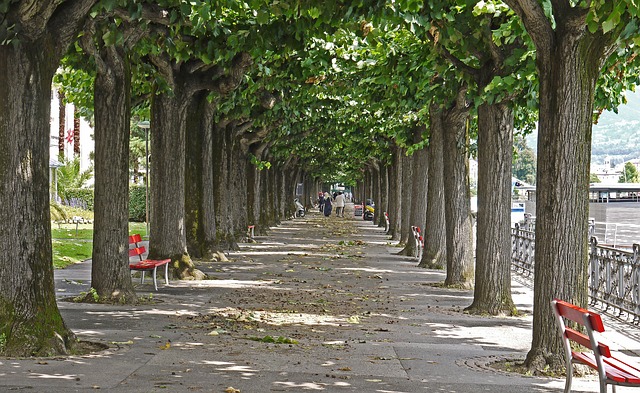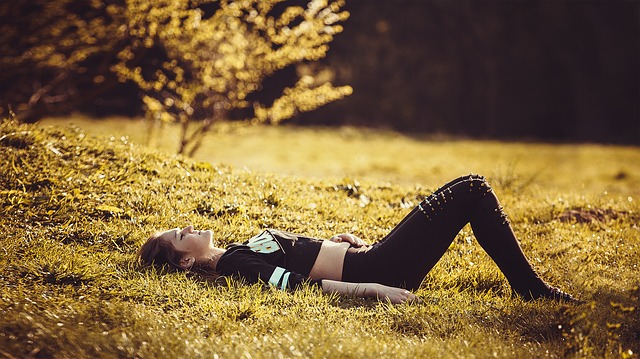George Mumford, Mindfulness and Performance Expert, recently presented during the Embodiment@Work online conference coordinated by the mindful leader organisation, a not-for-profit organisation dedicated to encouraging and supporting mindfulness and compassion in the workplace. George works with elite sports teams and individual elite athletes, business leaders and academics to help them to achieve their very best. He is the author of The Mindful Athlete: The Secrets to Pure Performance.
Flow requires integration of body, mind and emotion
George argues that athletes, leaders and academics only achieve flow when they have achieved integration of their body, mind and emotions. What often stops people achieving their potential is what goes on in their minds which, in turn, negatively impacts their emotions. He gave the example of a young elite basketballer who can achieve a 90% success rate for three-points shots in practice, yet in a game situation her success rate drops to 33%.
We have previously discussed why it is so hard to serve out a match in tennis and how even top tennis players (men and women) often have difficulty with this feature of playing tennis. In both these examples, it is what goes on inside someone’s head that makes the difference – a difference in mindset from a positive outlook to negative anticipation.
Once people can achieve an alignment of body, mind and emotions they are open to the insight, wisdom and high performance that epitomises “being in the zone”. George argues that you can’t wish yourself there, but you can develop mindfulness so that the chances of being in the zone are increased. He maintains that it requires being present in the moment and being in control of your mind and emotions – traits that develop through mindfulness practice.
Once you are in the zone, all that is required is to let it happen. You are typically not in control – things happen spontaneously. You make the right choices, execute perfectly and achieve success. I recall being in the zone on one occasion when playing tennis against a a very good player – everything I attempted worked, stroke play was effortless and choices of shot and strategy were made without conscious intervention. At the time, I said to myself, “Just enjoy the moment while it lasts”. It lasted two sets – after which time my opponent gave up, not having won a game.
George reinforces the fact that there exists a space between stimulus and response and we can learn to use that space to make conscious choices rather than act out habituated, reactive behaviour. This form of self-regulation is achieved through sustained mindfulness practice.
Developing a mindfulness mindset
George contends that is not enough to sit, be still and maintain silence. Mindfulness must become a way of life – a sustained mindset. This can be achieved, in part, by adopting a variety of mindfulness practices in different settings as illustrated in the pausing approach described earlier or making conscious efforts to incorporate practices such as mindful walking, intention forming, open awareness or mindful eating.
George suggests that these regular practices help to develop a mindfulness mindset, but they are insufficient of themselves. He argues that we need to attempt to be fully conscious in the moment by asking ourselves a set of questions as we engage in any activity:
- What is going on for me bodily, in my mind and with my emotions?
- How aligned are my words and actions with my goal, my overall purpose and who I want to be?
- Have I got the right balance of energy and effort, or am I over-exerting myself and being so energetic that it is counter-productive?
- Do I have a firm belief in my ability to achieve the outcome I am seeking?
- Am I distracted by negative emotions (fear, anxiety) or the inability to concentrate because of a lack of focus in the situation?
Performance growth through discomfort and mistakes
Being in the zone is more likely to occur when we are in a learning mode – open to alternative ways of doing things and to the vulnerability that comes with making mistakes. Jacob Ham argues that to overcome fear and anxiety in the face of uncertainty and ambiguity, we need to develop a “learning brain” and to quiet our “survival brain”.
George suggests that there is no growth without mistakes – we have to try out innovative ways of doing things but this requires being “comfortable with discomfort” and being ready to be self-forgiving for our mistakes (which are a part of every sport or leadership role). It also entails a readiness to be vulnerable and a willingness to learn from the mistakes we make and adapt to new situations we encounter.
As we grow in mindfulness through various forms of meditation, different mindfulness practices and conscious questioning and curiosity about our mind in the present moment, we can achieve “innovative action” and approach the unique reward of being in the zone (whatever our endeavour).
____________________________________________
Image by Erich Westendarp from Pixabay
By Ron Passfield – Copyright (Creative Commons license, Attribution–Non Commercial–No Derivatives)
Disclosure: If you purchase a product through this site, I may earn a commission which will help to pay for the site, the associated Meetup group and the resources to support the blog.

